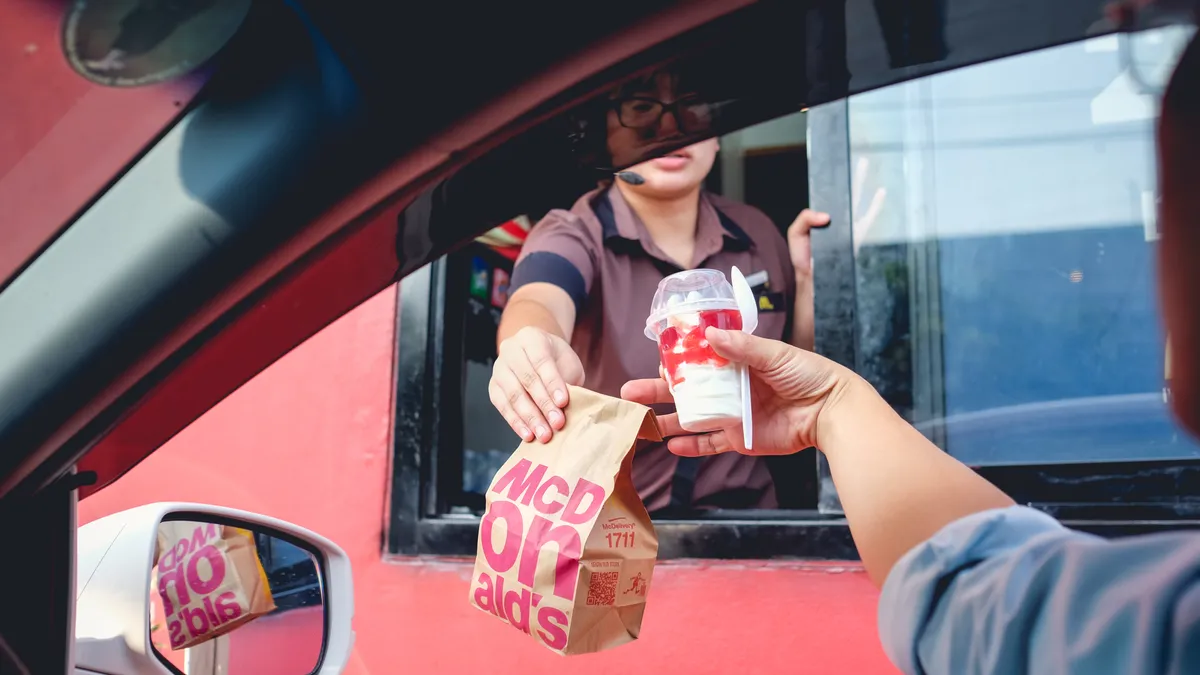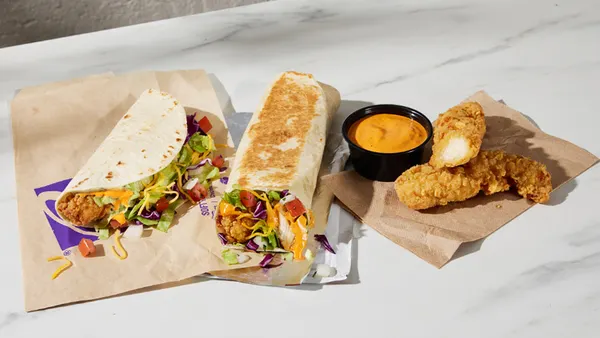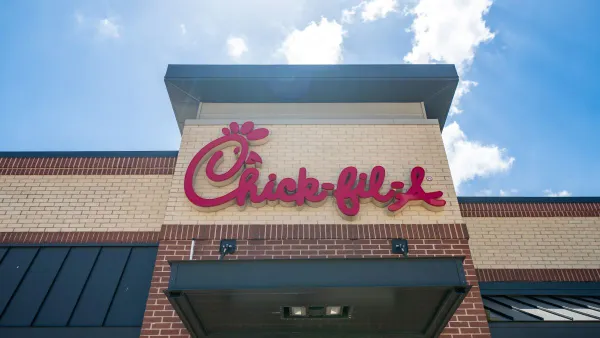Dive Brief:
- Nearly two-thirds (63%) of cannabis consumers use marijuana before going out to a restaurant, bar or other establishment. This pregaming significantly influences food and drink consumption, with 63% increasing food consumption and 28% increasing alcoholic beverage intake. Just 5% report consuming less of both, according to a report from Technomic, which examines marijuana's potential impact on the restaurant industry.
- Consumers who most frequently consume cannabis are young (ages 21-34), Caucasian and middle/upper-middle income. Most marijuana consumers smoke the flower, however younger consumers are more likely to use infused/edible products regularly.
- Marijuana is now legal for recreational use in 10 states, with 12 more expected to pass legislation by the end of 2020. Federal-level adoption is expected by 2023 at the latest, according to the report.
Dive Insight:
Thirteen percent of U.S. adults consume marijuana, and that number is expected to increase with more legalization. As more consumers become familiar or comfortable with its use, restaurants are poised to take advantage — through research and development, brand positioning and more.
There is a major opportunity here, particularly for certain segments of the restaurant industry. Marijuana user profiles, for example, are consistent with limited-service consumer profiles. A 2017 study found that most marijuana users prefer McDonald's, for example. Midscale and dining patrons are also consistent with heavier marijuana users. Still, with a staggering 63% of marijuana users reporting an increase in their food intake after marijuana consumption, this opportunity seems to be knocking across the entire industry.
The number of those who increase their alcohol intake, however, is less than 30% with most respondents indicating they are purposefully consuming marijuana at home to avoid spending too much on alcohol at an establishment, according to the Technomic report. This illustrates a tricky balance for restaurant operators that sell both food and alcohol. They have a big opportunity to lure marijuana users in with food promotions, perhaps, but shouldn't expect additional higher-margin alcohol sales. That's a big compromise to make as alcohol margins hover in the 70% to 80% range.
Other challenges also exist. Cannabis users are interested in lounges where they can legally consume, according to the report. As more of these lounges pop up, there is the potential for them to offer food and capture that 63% who want to eat more. This would add yet another player to an already intense competitive set that includes grocery stores, convenience stores, meal kits and everything in between. As the report notes, restaurant and bar owners currently do not consider such lounges as a threat, but with nearly 50% of cannabis consumers indicating they would prefer such an establishment, perhaps they should.
And that threat could extend beyond the menu. Dispensaries could also poach labor in an already-compromised labor market. Of course, even as marijuana legalization continues to spread, it won't likely pose an immediate threat. Concerns about liability and the legality around food/drink application persist, just as CBD legalization hasn't necessarily translated into a solid green light in some jurisdictions.
Still, Technomic predicts some very favorable outlooks as the marijuana market grows. Namely, traffic will increase for establishments near dispensaries, and check averages will increase from the large chunk of consumers who eat more food after indulging. Further, any menu R&D will present a major differentiator — a big deal in an industry that has been relatively flat on traffic and criticized for oversaturation and sameness. As the global cannabis market is expected to reach $166 billion by 2025, this is an opportunity restaurants shouldn't pass up.













